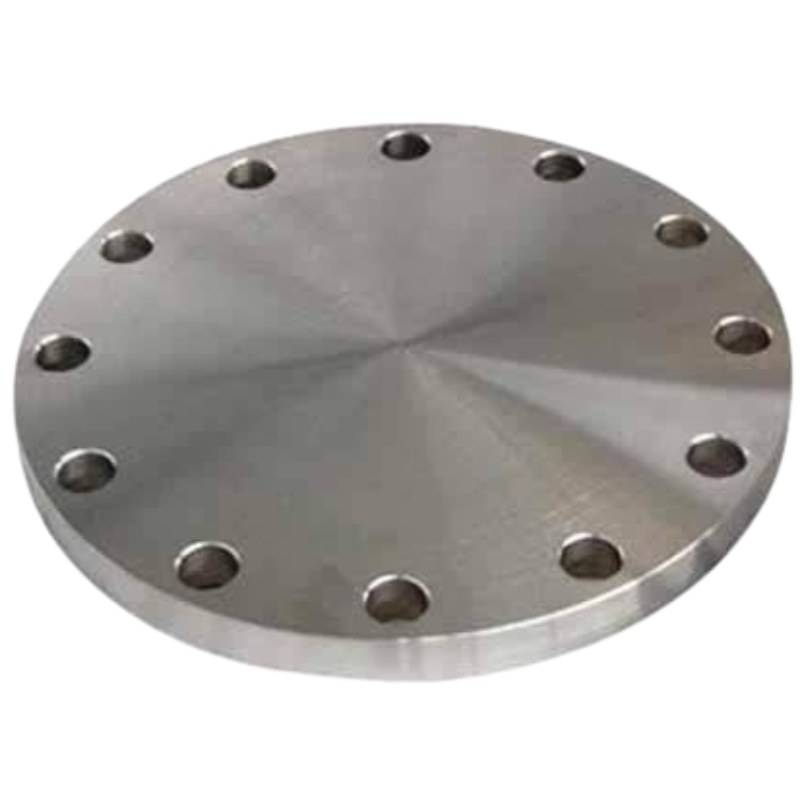-
Cangzhou Yulong Steel Co., Ltd.
-
Phone:
+86 13303177267 -
Email:
admin@ylsteelfittings.com
- English
- Arabic
- Italian
- Spanish
- Portuguese
- German
- kazakh
- Persian
- Greek
- French
- Russian
- Polish
- Thai
- Indonesian
- Vietnamese
- Zulu
- Korean
- Uzbek
- Hindi
- Serbian
- Malay
- Ukrainian
- Gujarati
- Haitian Creole
- hausa
- hawaiian
- Hebrew
- Miao
- Hungarian
- Icelandic
- igbo
- irish
- Japanese
- Javanese
- Kannada
- Khmer
- Rwandese
- Afrikaans
- Albanian
- Amharic
- Armenian
- Azerbaijani
- Basque
- Belarusian
- Bengali
- Bosnian
- Bulgarian
- Catalan
- Cebuano
- China
- China (Taiwan)
- Corsican
- Croatian
- Czech
- Danish
- Esperanto
- Estonian
- Finnish
- Frisian
- Galician
- Georgian
- Kurdish
- Kyrgyz
- Lao
- Latin
- Latvian
- Lithuanian
- Luxembourgish
- Macedonian
- Malgashi
- Malayalam
- Maltese
- Maori
- Marathi
- Mongolian
- Myanmar
- Nepali
- Norwegian
- Norwegian
- Occitan
- Pashto
- Dutch
- Punjabi
- Romanian
- Samoan
- Scottish Gaelic
- Sesotho
- Shona
- Sindhi
- Sinhala
- Slovak
- Slovenian
- Somali
- Sundanese
- Swahili
- Swedish
- Tagalog
- Tajik
- Tamil
- Tatar
- Telugu
- Turkish
- Turkmen
- Urdu
- Uighur
- Welsh
- Bantu
- Yiddish
- Yoruba

Oct . 14, 2024 03:51 Back to list
Understanding ANSI 150 Flange Specifications and Applications for Industrial Use
Understanding ANSI 150 Flanges A Comprehensive Overview
Flanges are essential components in piping systems, providing a reliable means of connecting pipes, valves, pumps, and other equipment. Among the various standards for flanges, ANSI (American National Standards Institute) 150 flanges hold a prominent position in industrial applications. Understanding their specifications, advantages, and applications is crucial for engineers and project managers alike.
What is ANSI 150 Flange?
ANSI 150 flanges adhere primarily to the specifications outlined in ANSI/ASME (American Society of Mechanical Engineers) B16.5. This standard defines the dimensions, tolerances, materials, and pressure-temperature ratings for flanges. The 150 indicates the pressure class rating of the flange, which signifies that it can withstand a maximum pressure of 150 psi at 100°F. As the temperature increases, the pressure capacity decreases, a critical aspect to consider in design and application.
Material Composition
ANSI 150 flanges are available in various materials, including carbon steel, stainless steel, and alloy steel, among others. The choice of material often depends on the operating conditions, including temperature, pressure, and the nature of the fluid involved. For example, stainless steel flanges are preferred in corrosive environments due to their resistance to rust and oxidation, while carbon steel flanges are more suitable for general-purpose applications.
Design and Dimensions
Flanges under ANSI B16.5 are predominantly round with a raised face, flat face, or ring-type joint that enhances sealing capability. The dimensions of ANSI 150 flanges are designed for compatibility with different pipe sizes, ensuring ease of installation and maintenance. Common sizes range from 1 inch to 24 inches in nominal pipe size, making them versatile for various piping systems.
The flanges typically have bolt holes evenly spaced around the flange face, allowing for secure fastening with bolts and nuts. The number and size of the bolt holes also depend on the flange diameter, ensuring that the connection is robust enough to handle operational stresses.
Advantages of Using ANSI 150 Flanges
ansi 150 flange

1. Ease of Installation ANSI 150 flanges are user-friendly, allowing for straightforward assembly. The standardization of dimensions simplifies the process of sourcing compatible components.
2. Sealing Performance The design features, such as raised faces and gaskets, contribute to superior sealing performance, minimizing the risk of leaks and ensuring system integrity.
3. Versatility With a wide range of materials and sizes, ANSI 150 flanges can be utilized across diverse industries, including oil and gas, water treatment, pharmaceuticals, and chemical processing.
4. Cost-Effectiveness ANSI 150 flanges provide a balance between performance and cost, making them an attractive option for various budget-conscious projects.
Applications
ANSI 150 flanges are commonly employed in numerous sectors where fluid or gas transfer is required. Applications include
- Oil and Gas Used in pipelines, refineries, and offshore structures to connect different parts of the system efficiently. - Water Treatment Integral to systems transporting water, ensuring effective management of resources. - Chemical Manufacturing Employed in various processes where chemical reactions occur, requiring reliable and safe connections.
Conclusion
ANSI 150 flanges represent a critical component in the realm of piping systems. Their standardized design, combined with material versatility and ease of installation, makes them indispensable across various industries. Understanding their characteristics, advantages, and applications can aid in making informed decisions for any project involving fluid transport systems. With the right knowledge, engineers and project managers can leverage the benefits of ANSI 150 flanges for efficient and safe operations.
Latest news
-
ANSI 150P SS304 SO FLANGE
NewsFeb.14,2025
-
ASTM A333GR6 STEEL PIPE
NewsJan.20,2025
-
ANSI B16.5 WELDING NECK FLANGE
NewsJan.15,2026
-
ANSI B16.5 SLIP-ON FLANGE
NewsApr.19,2024
-
SABS 1123 FLANGE
NewsJan.15,2025
-
DIN86044 PLATE FLANGE
NewsApr.19,2024
-
DIN2527 BLIND FLANGE
NewsApr.12,2024
-
JIS B2311 Butt-Welding Fittings LR/SR 45°/90° /180°Seamless/Weld
NewsApr.23,2024











